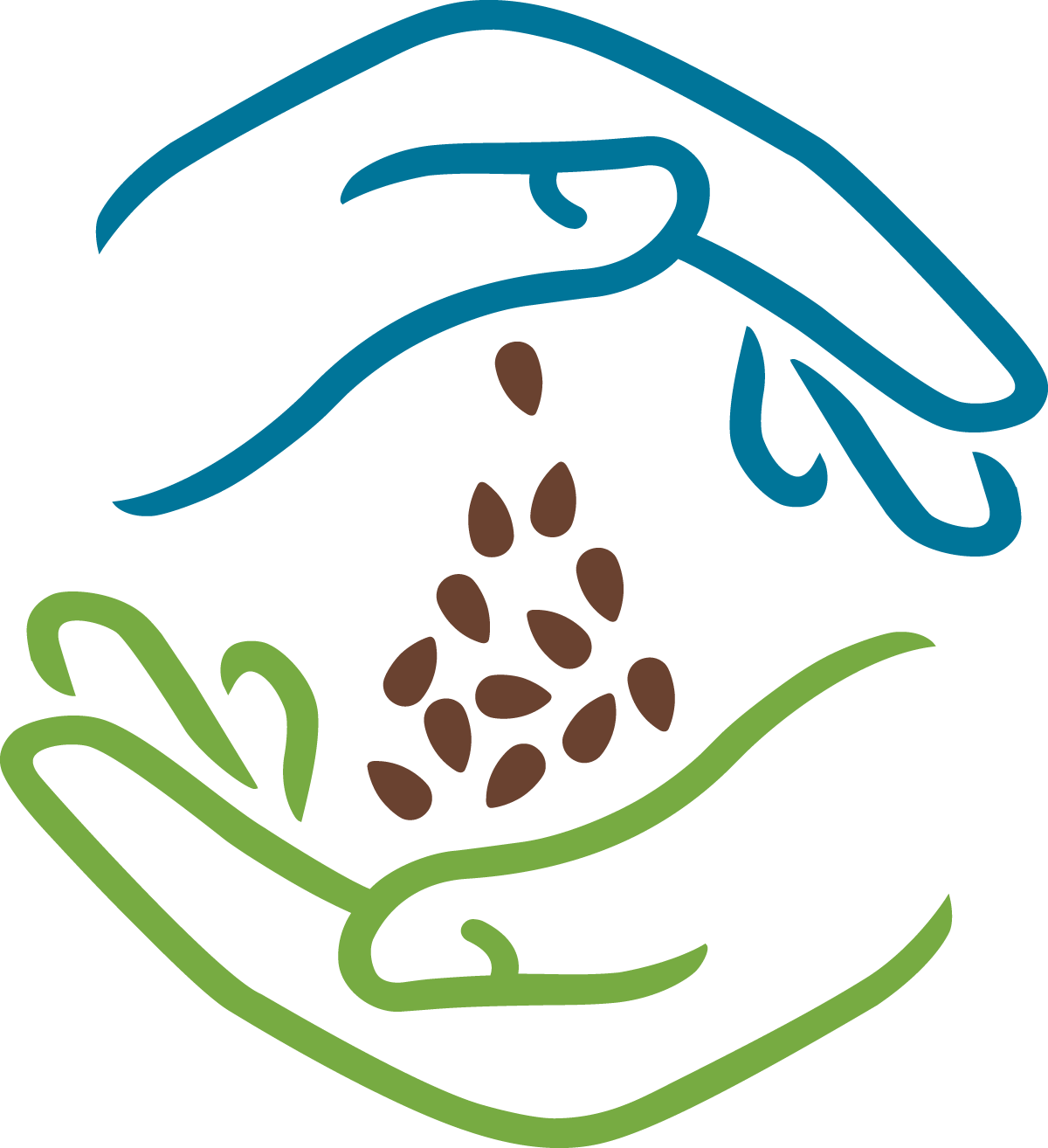Seasons Come and Go
/By Paul Ludwig and Lori Slindee
 December hours for the Visitors Center are Fridays from 9 to 5 and Saturdays/Sundays from 10 to 5.
December hours for the Visitors Center are Fridays from 9 to 5 and Saturdays/Sundays from 10 to 5.
As we wind down the 2013 season here at Heritage Farm, the Visitor Center Staff would like to take a moment and thank everyone who came through the Lillian Goldman Visitors Center this year. We’ve met a lot of people, heard a lot of stories, and thought we would share some highlights.
We’ve had visitors from all over the world this season. What fun it was to open the doors to travelers from far places such as England, New Zealand, Argentina, South Africa, Israel, Australia and China. Canadians are also common in the Visitor Center, often looking for seeds that will grow in their northern climate. One day, we had visitors from both Panama and Alaska here at the same time! They enjoyed discussing the differences of their garden experiences.
Of course, some of the most exciting days at the Visitors Center are during events such as our annual Conference and Campout, the Tomato Tasting, various workshops, and weddings or dances in the barn loft. But in between these good times we’ve also had a few adventures here, too. Once, a family with a young baby was out hiking and found themselves cut off by rising water in a flash flood! Luckily it was an easy rescue by our crew and a tractor. There was also the summer afternoon when we locked down the Visitor Center because a few Ancient White Park cattle had escaped their pen and were playing in the parking lot. Talk about “free-range” cattle!
It was also quite special when staff and visitors shared fun discoveries together. One family was delighted to find an herb seed packet bearing their last name: Grandma Einck’s dill. Upon further conversation, we found that they were originally from this North East Iowa region and possibly related to our co-founder Dianne Ott Whealy’s Grandma Einck (whom the dill variety was named after).
Though many people come here for garden advice, working in the Visitors Center has also been a learning experience for us, too. There was a local Amish woman who shared with us that her favorite okra to grow is the Clemson Spineless because it is easy to pick, but they also like to grow Red Burgundy because it is pretty and less prone to being “woody” in texture. Now we share this information with everyone asking about okra. In addition to gardening wisdom, we’ve also heard many wonderful recipe ideas from visitors. One woman shared with us how she enjoys cooking and then mashing Burpee’s Golden Beets to be served with butter. We heard about how good Jimmy Nardello’s pepper is fried with onions. Also, we learned that our Nebraska Wedding tomato is good for stuffing with chicken salad.
Even with all the variety we have—both in commercial seed packets and in the seed exchange—we have been surprised that visitors still come looking for varieties that we do not have (some varieties we’ve never heard of!) They often do find what they are looking for, however, and are so delighted because they never thought they would. Regardless, people always seem to leave the Visitor Center happy. Even during the Harvest Festival, when we had a gloomy, dreary day, everyone was in jovial spirits.
As we wind down the visitor season, we are reminded of all the visitors who smiled back as they left, saying “See you next year!”

The Lillian Goldman Visitor Center will be open Fridays from 9 to 5, Saturdays and Sundays 10 to 5. December 23 we close until March.
2013 Seeds are half price and there are many beautiful gift items for the gardener in your life!
___________________________________________________________________
Seed Savers Exchange is a non-profit organization located in Decorah, Iowa, with a mission to conserve and promote America's culturally diverse but endangered garden and food crop heritage for future generations by collecting, growing, and sharing heirloom seeds and plants.








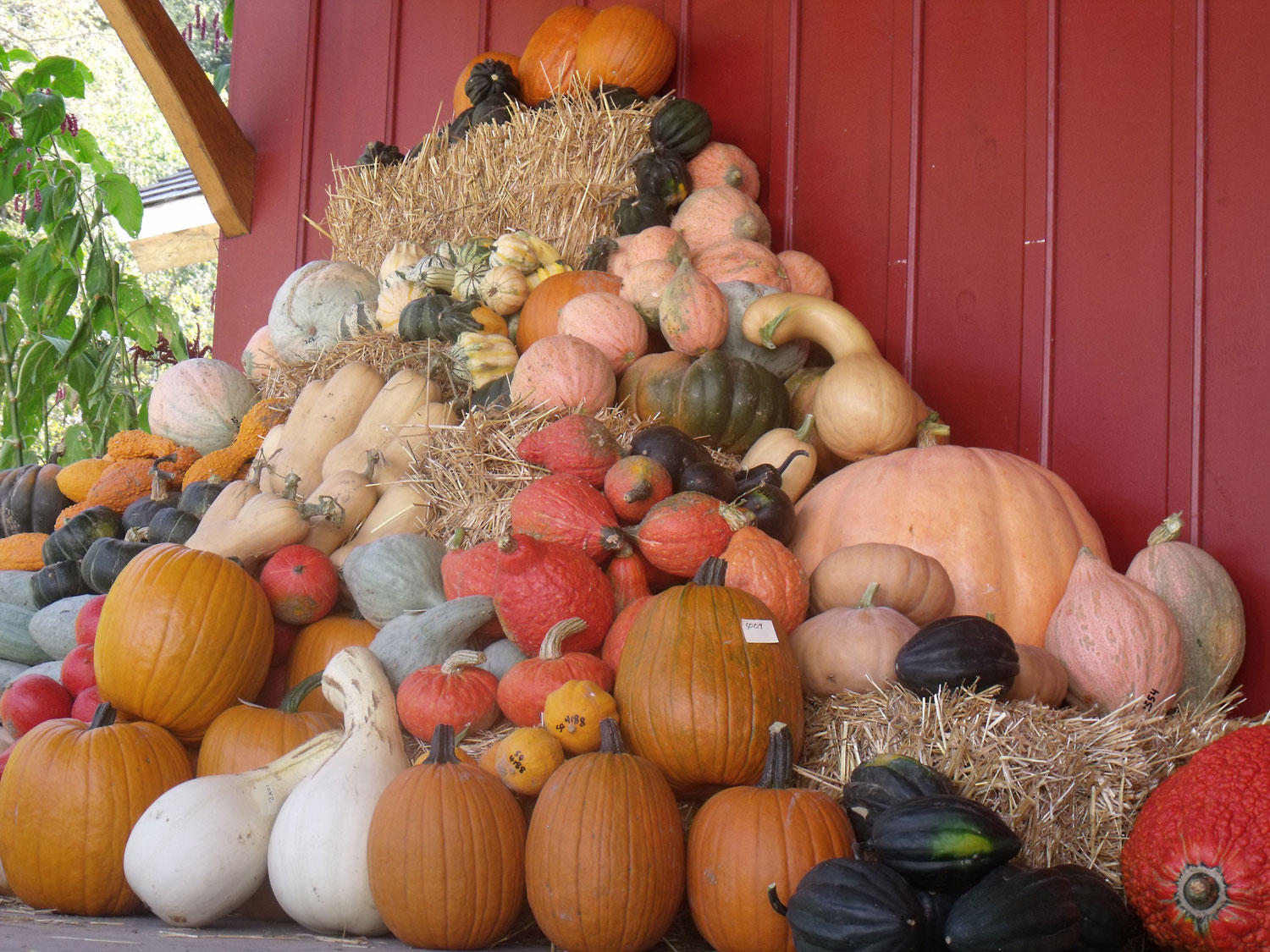
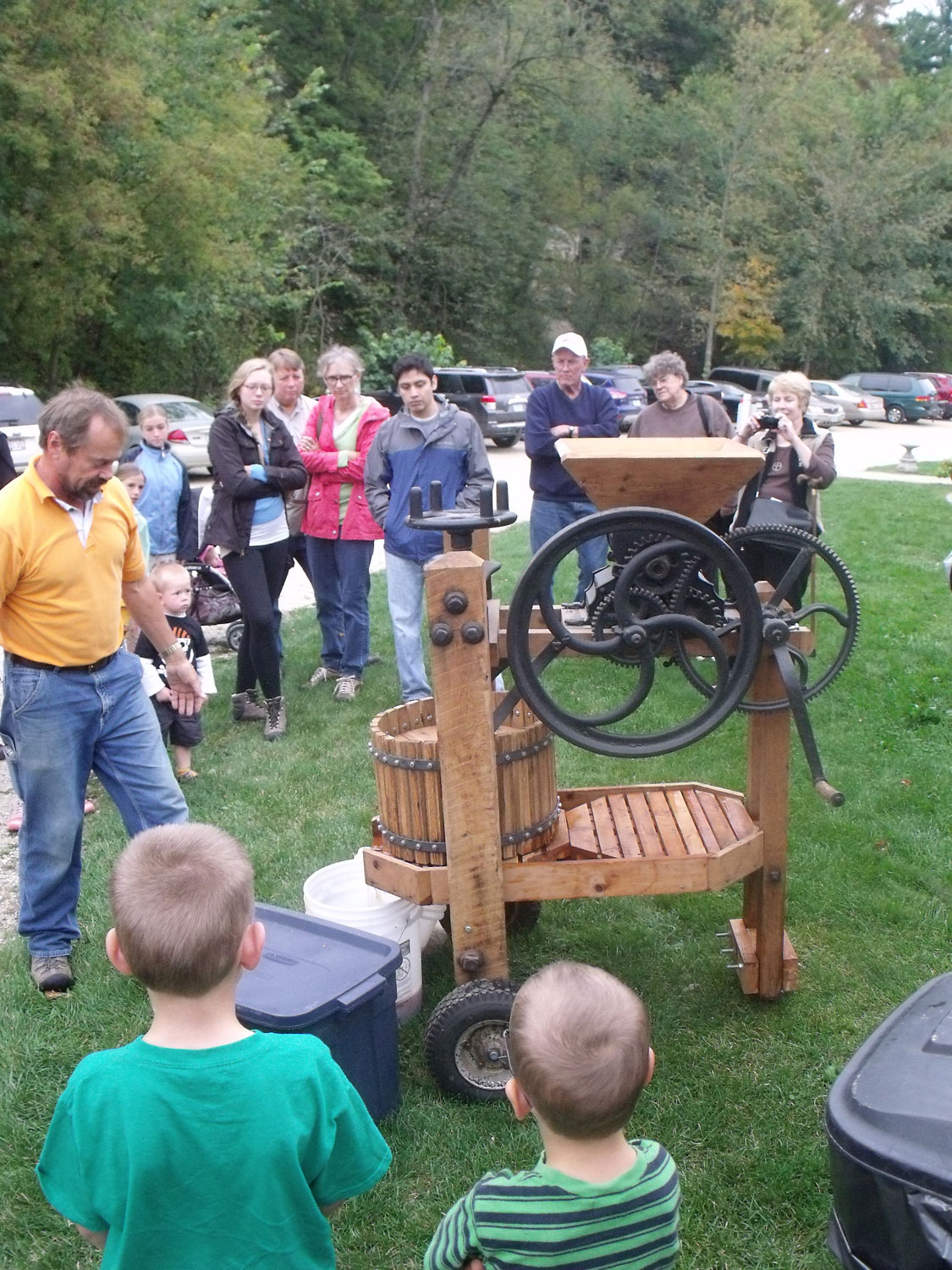
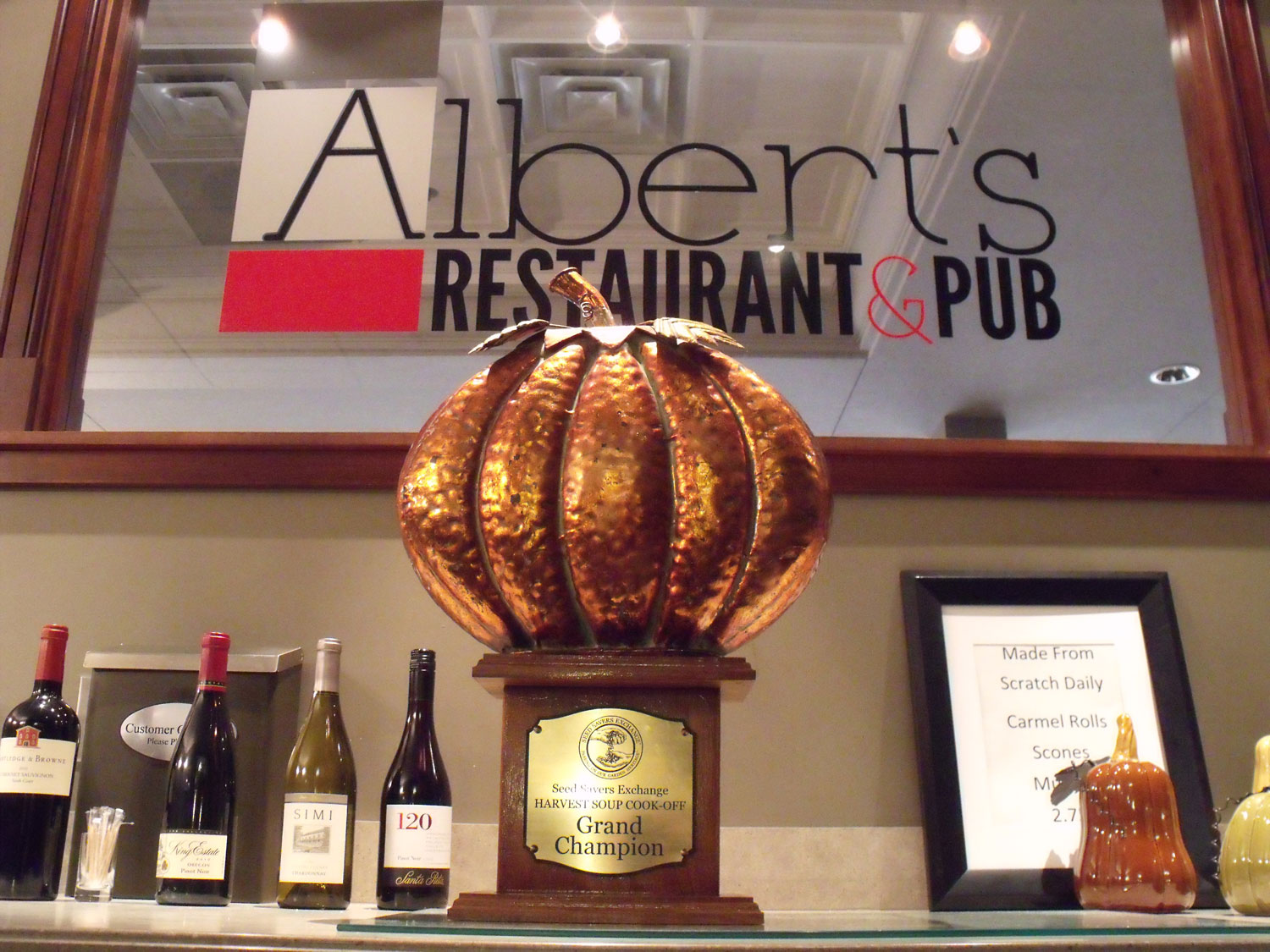
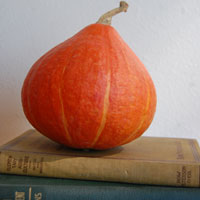


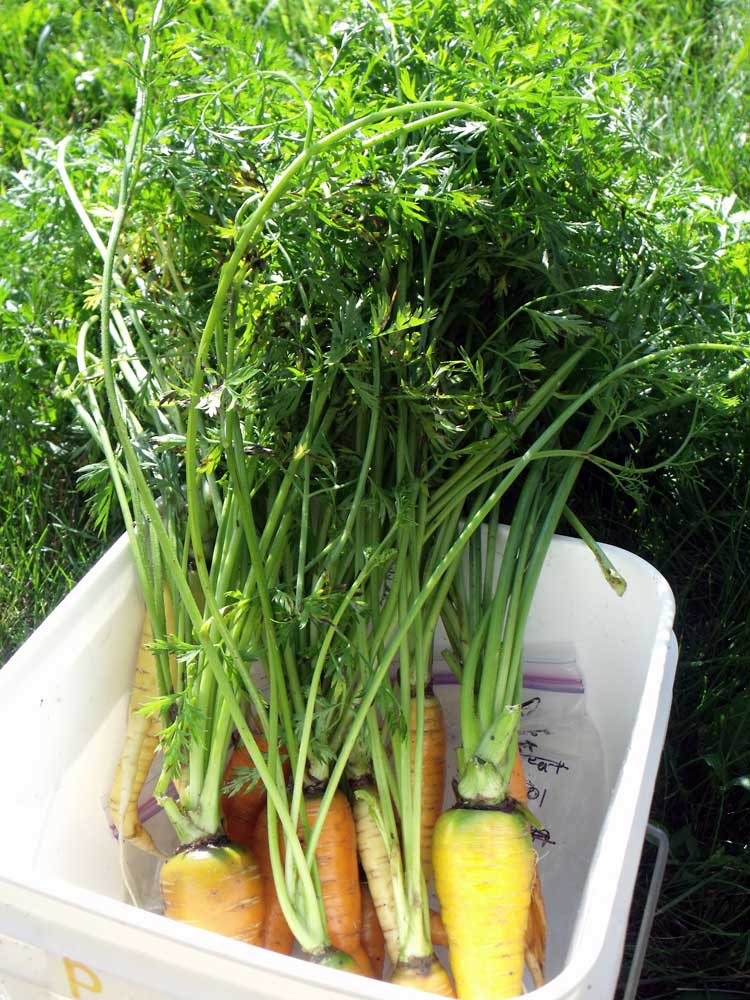
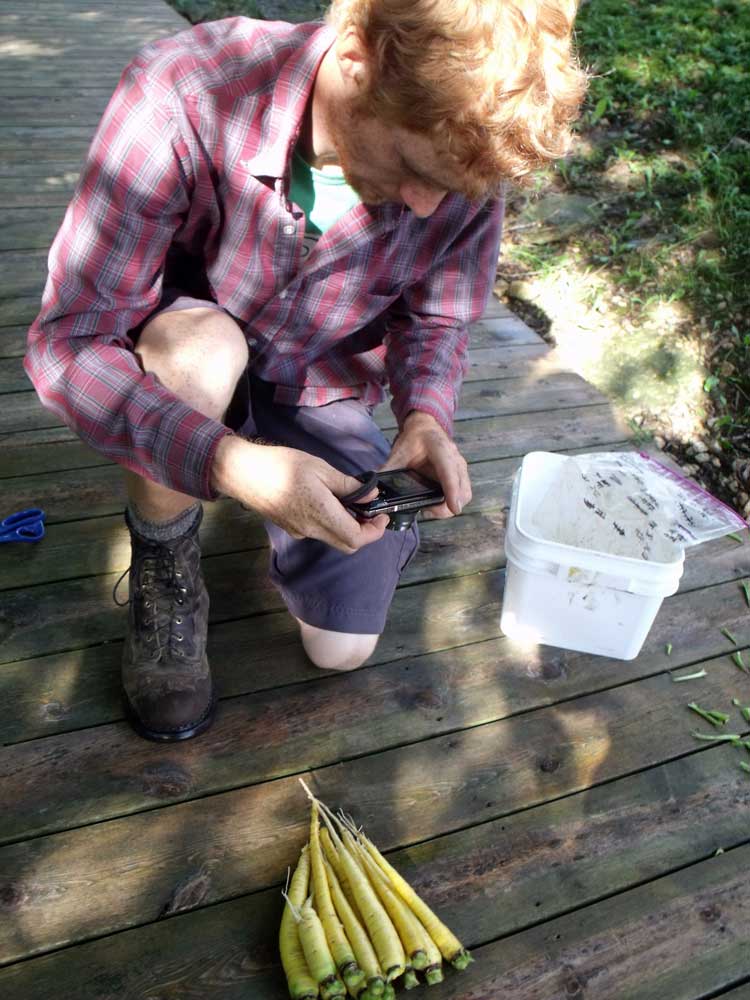
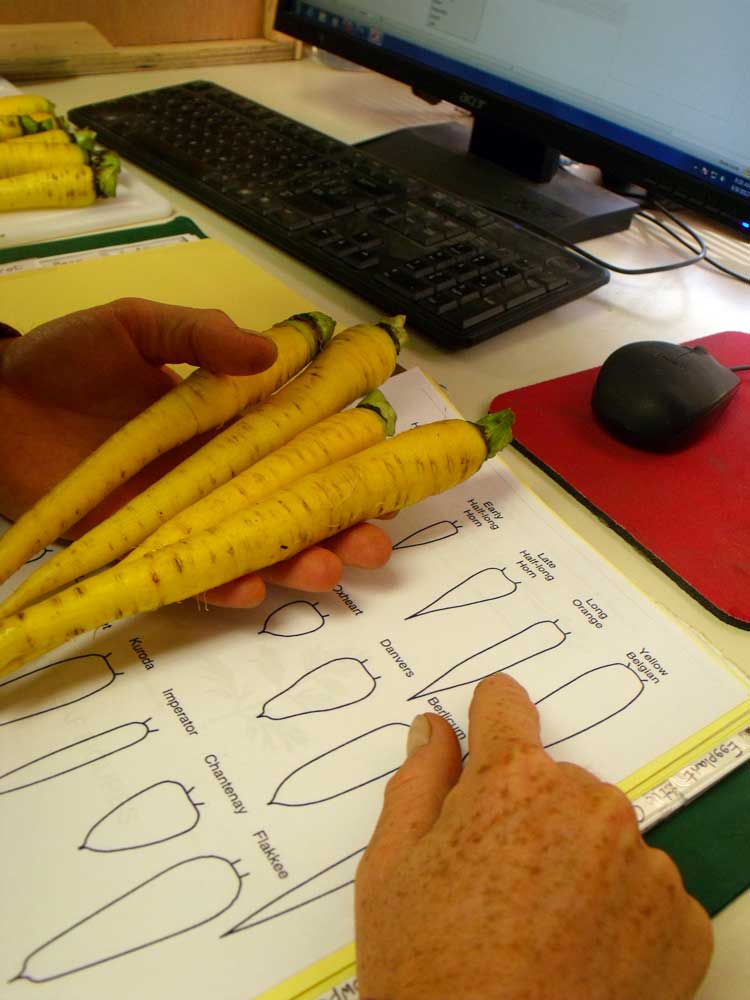

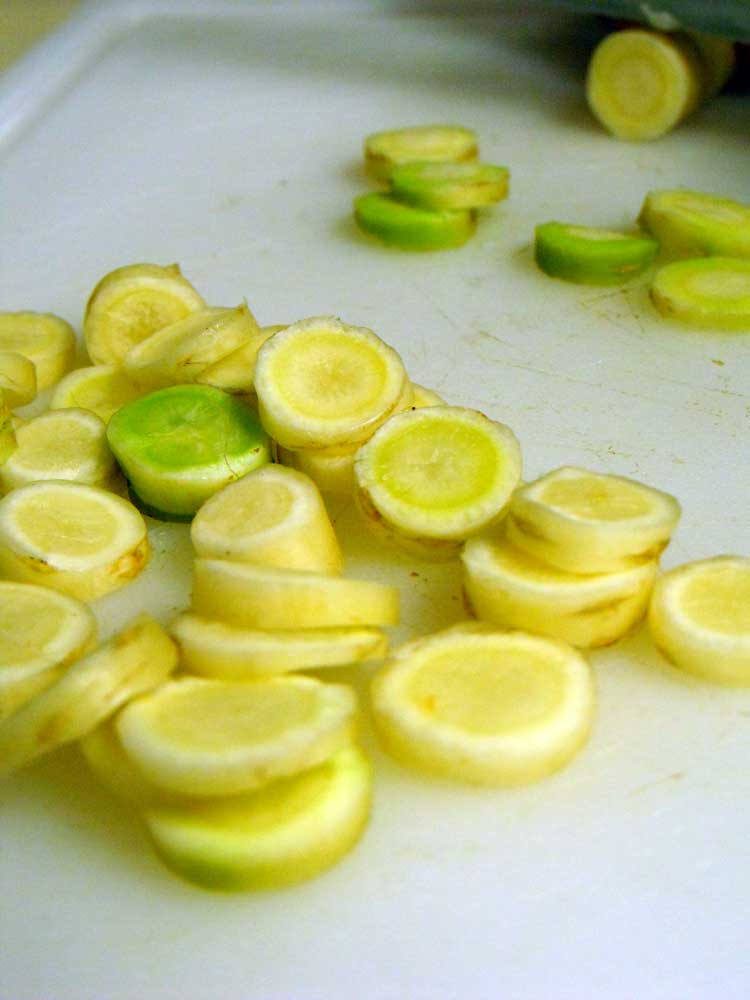
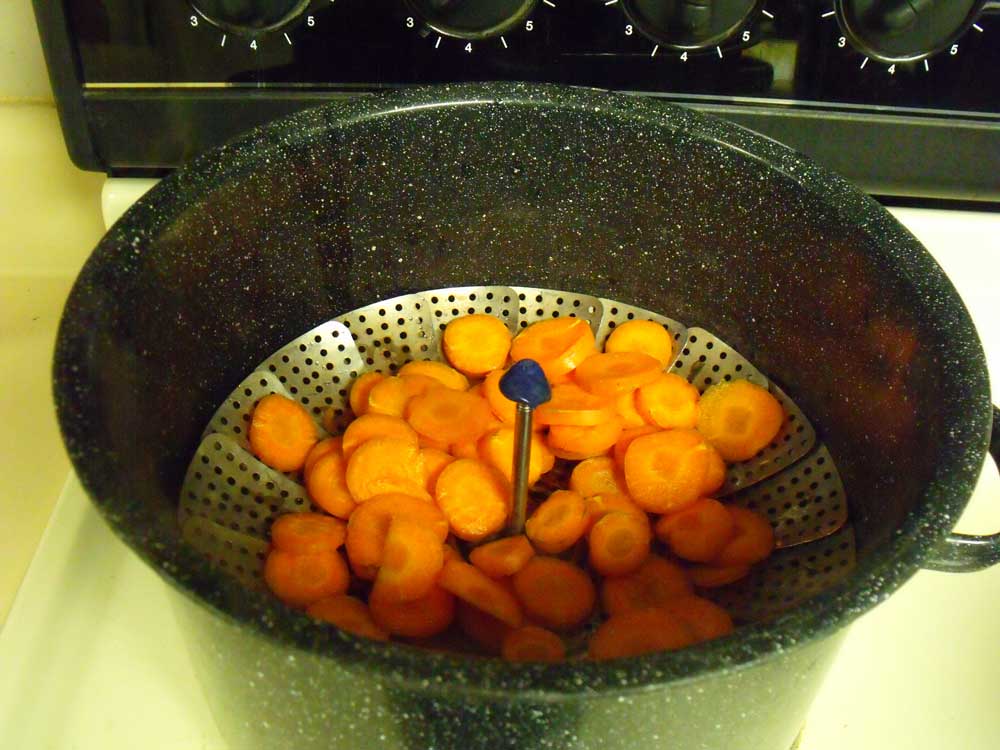
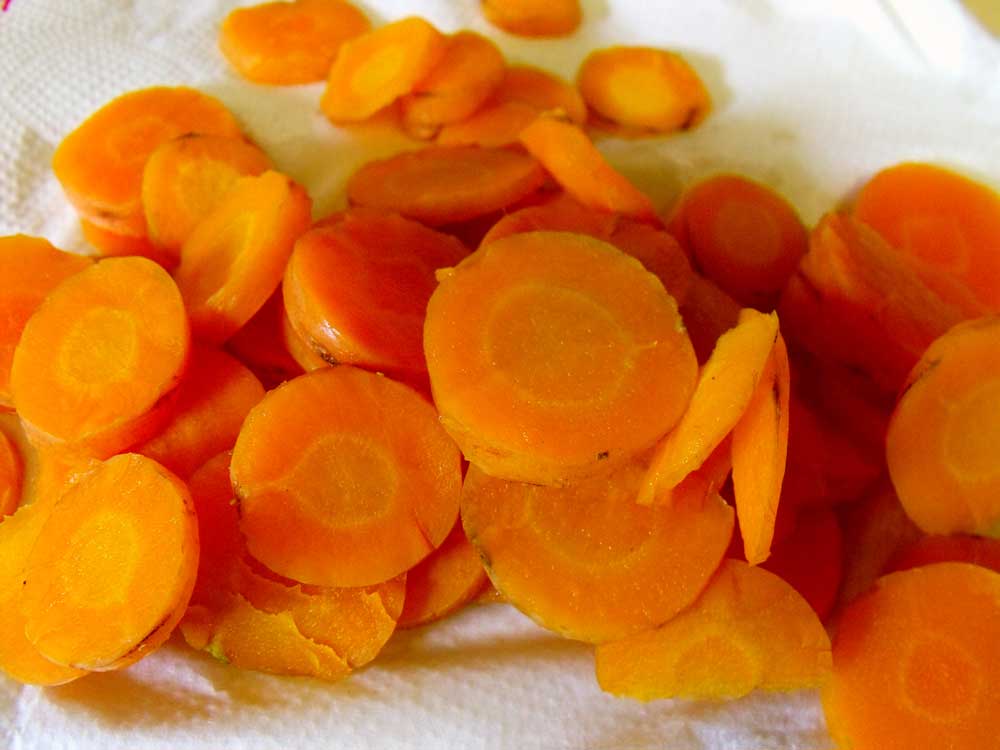


 At this year's 33rd Annual Conference and Campout, Seed Savers Exchange (SSE) was more than happy to welcome back a long-time friend, Gary Paul Nabhan. Gary has been a supporter of Seed Savers Exchange going back to before 1980, and has since appeared at numerous SSE Conference and Campouts. Having recently published a book titled "Growing Food in a Hotter, Drier Land," he spoke this year about climate uncertainty becoming the new normal and the importance of adapting our food systems to a changing climate.
Stressing the importance of agrobiodiversity in mitigating the effects of climate change, the Ecumenical Franciscan brother led Conference attendees in a renewal of their vows—to seeds. Repeating after him, the crowd recited:
At this year's 33rd Annual Conference and Campout, Seed Savers Exchange (SSE) was more than happy to welcome back a long-time friend, Gary Paul Nabhan. Gary has been a supporter of Seed Savers Exchange going back to before 1980, and has since appeared at numerous SSE Conference and Campouts. Having recently published a book titled "Growing Food in a Hotter, Drier Land," he spoke this year about climate uncertainty becoming the new normal and the importance of adapting our food systems to a changing climate.
Stressing the importance of agrobiodiversity in mitigating the effects of climate change, the Ecumenical Franciscan brother led Conference attendees in a renewal of their vows—to seeds. Repeating after him, the crowd recited:







